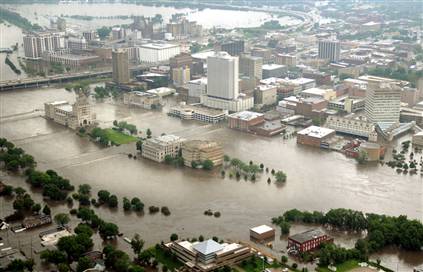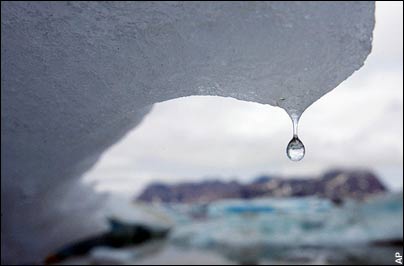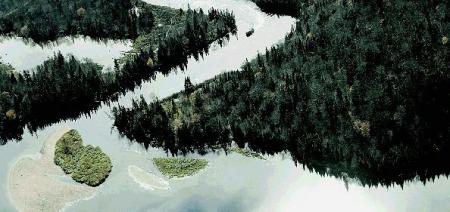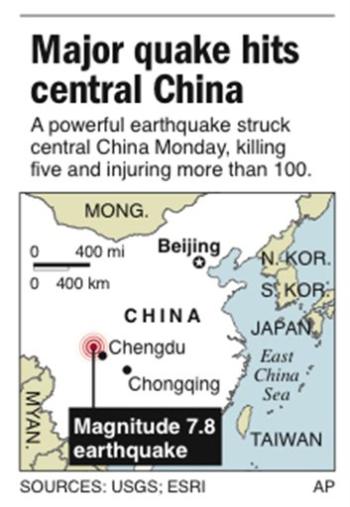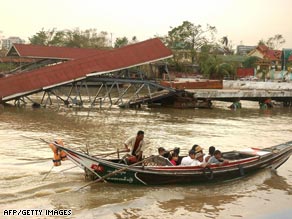DES MOINES — Officials on Friday urged tens of thousands of workers and residents to evacuate as rivers across the Hawkeye state continued to flood towns big and small.
Though the National Weather Service expected water levels here in the capital to peak Friday night or early this morning, emergency management officials said they were focused on making sure people were safe and dry in case the situation changed.
“The risk very clearly is that the levee system is extraordinarily taxed right now and anyone in the . . . flood plain is going to be at risk,” Public Works Director Bill Stowe told reporters Friday.
Iowa Gov. Chet Culver on Friday declared 83 of Iowa’s 99 counties disaster areas as rivers either reached or were expected to hit historic levels — flowing over soil already saturated from an extremely wet spring. Dozens of roads were closed, along with sections of two major interstates, forcing weary residents to battle congested, hours-long detours to escape the rising waters.


